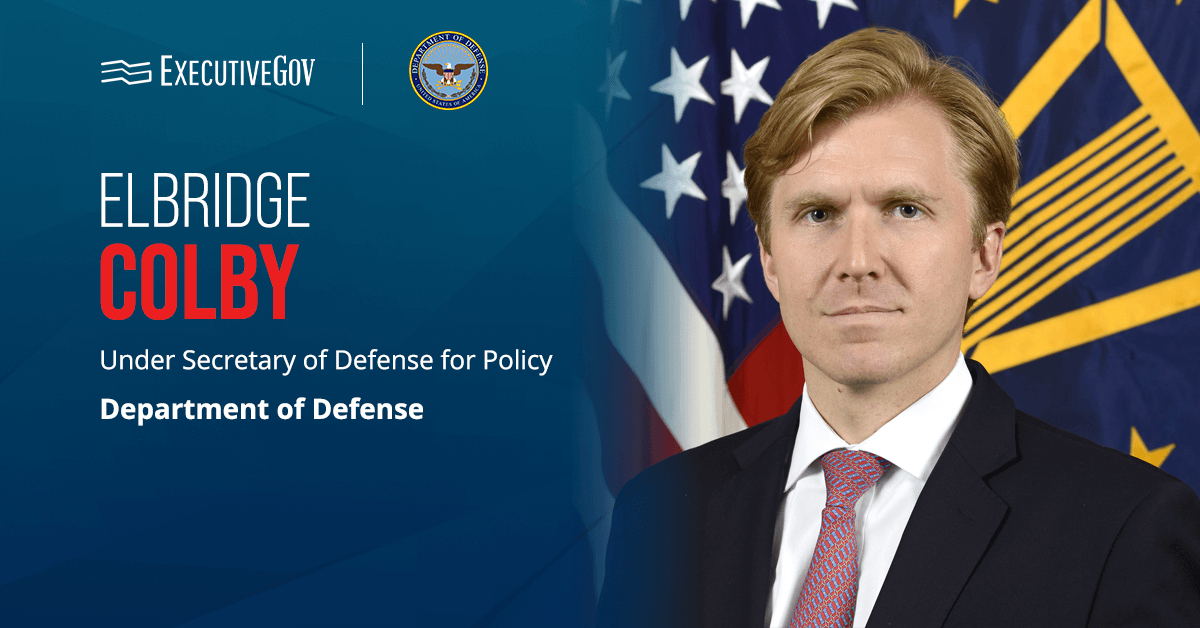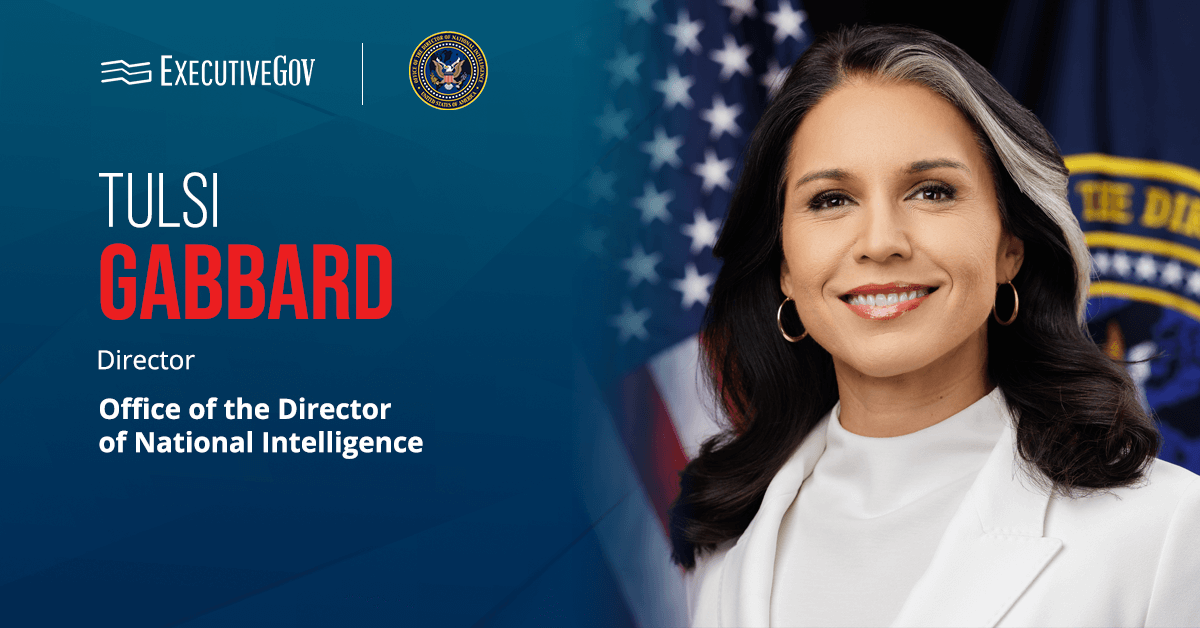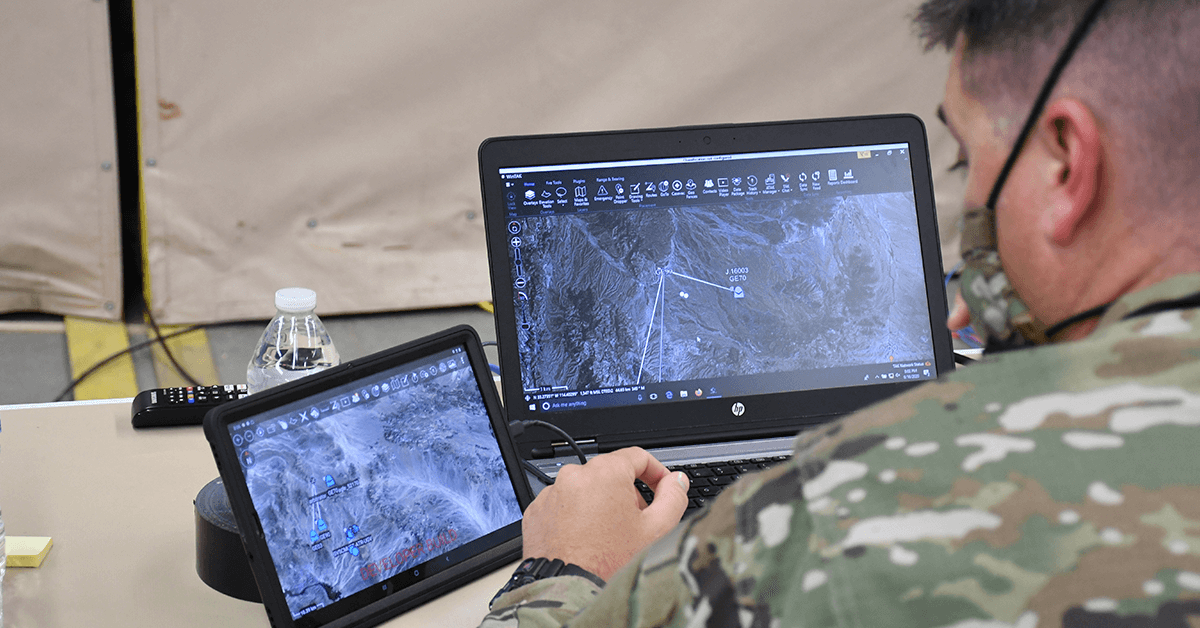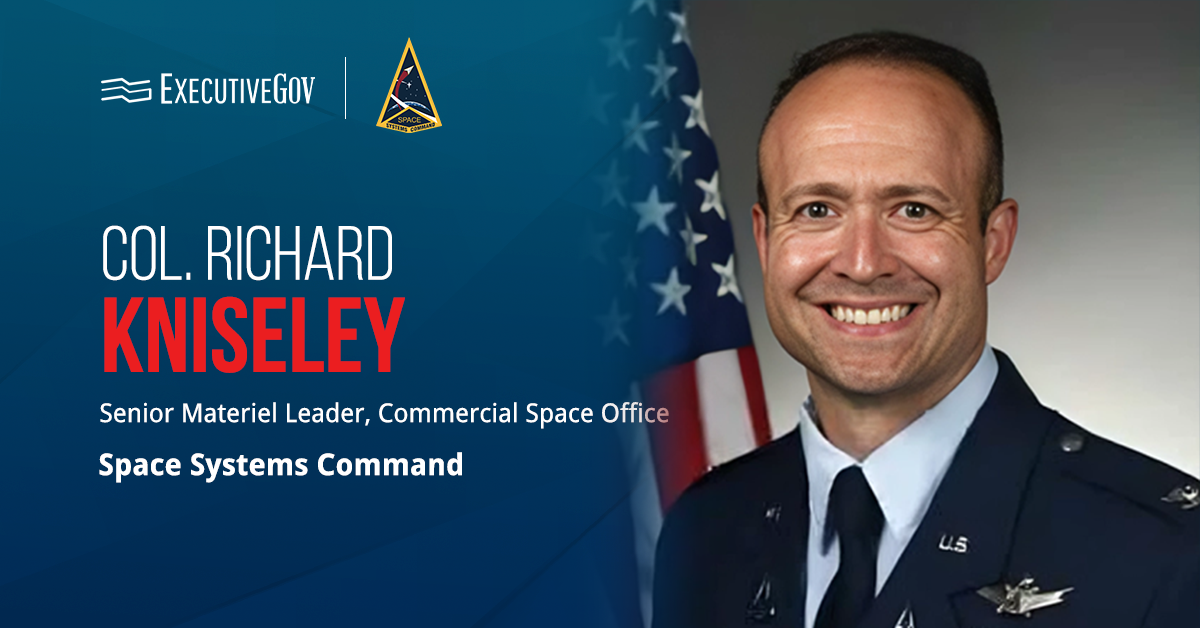Insights from four-time Wash100 Award winner U.S. Navy Vice Adm. Frank Whitworth, National Geospatial-Intelligence Agency director, and first time Wash100 Award winner U.S. Space Force Vice Chief of Space Operations Gen. Michael Guetlein served as one of the highlights of the 40th Space Symposium Tuesday. They focused specifically on opportunities and challenges for intelligence community collaboration, USSF said in a statement Wednesday.
Their discussion also covered space industry partnerships, innovation and data, topics which are among the underlying themes of the symposium hosted by the Space Foundation.
Table of Contents
Minimizing Duplicative Efforts
According to Guetlein, opportunities outnumber challenges when it comes to intelligence sharing in the space industry, both military and civil. “It is going to be absolutely imperative to the protection and defense of this nation that we can integrate and network (intelligence) capabilities and seamlessly share data, share situational awareness (and) not duplicate development efforts going forward (to) optimize the utility of our resources,” the USSF official said.
Guetlein added that some duplicate efforts will be inevitable, in the same way that some duplication will be beneficial. “But what we want to do is reduce and eliminate as much of the duplication as we possibly can to save resources. That comes from a very close partnership between the organizations,” Guetlein remarked.
Success Stories in Partnerships
Sharing the USSF official’s view, NGA’s Whitworth cited the Joint Overhead Persistent-Infrared Center of the NGA, USSF and U.S. Space Command as an example of a successful partnership that eventually became the template for the Joint Mission Management Center. “It really is about ensuring unity and integration,” the NGA official stated.
Partnerships are also at play in USSF innovation, according to Guetlein. He cited collaboration with industry, academia and allied partners on a Unified Data Library and a Space Domain Awareness Tools, Applications, and Processing Lab. “Space is too big for any organization to go at it alone, so we are absolutely dependent on our partnerships,” the USSF official stressed.













